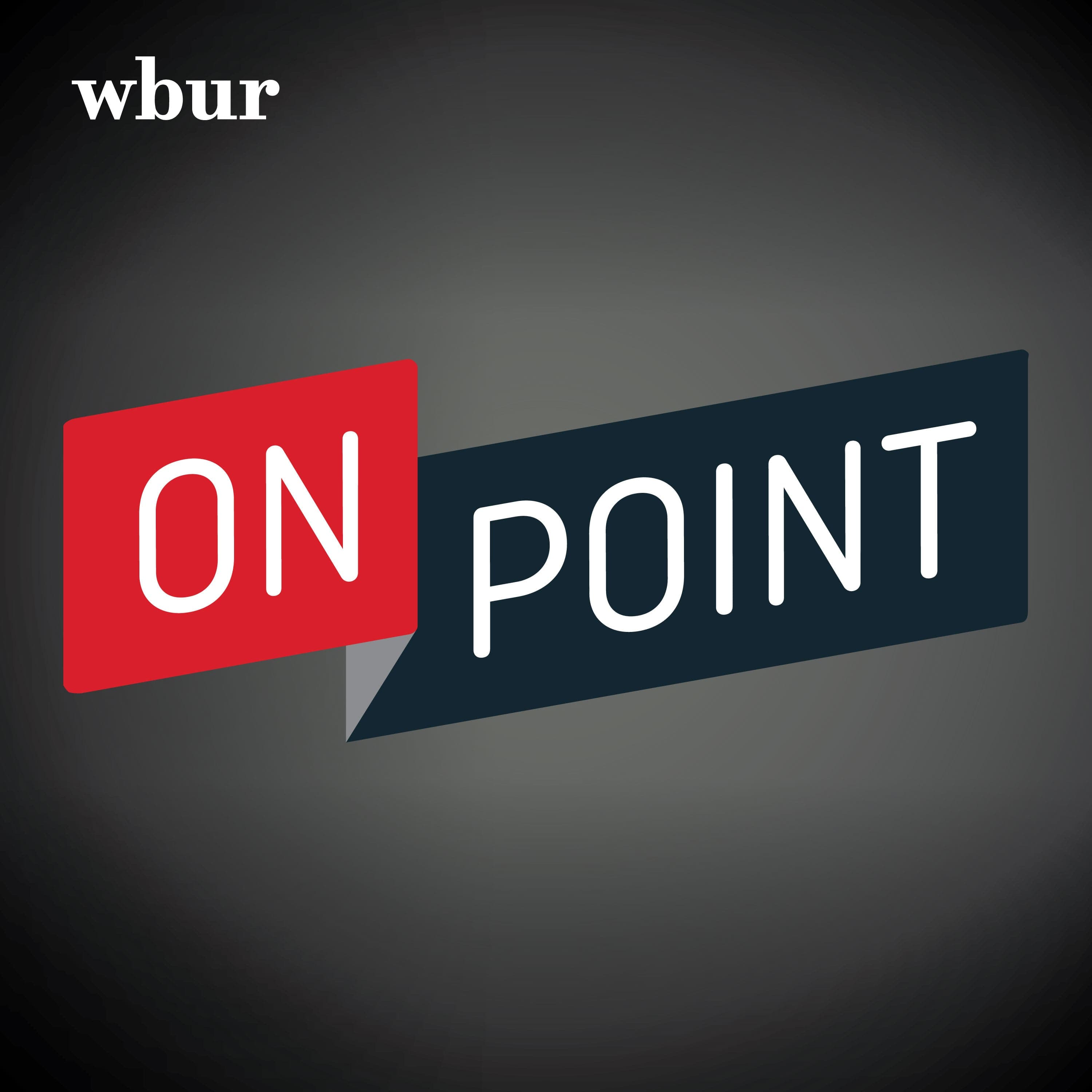
The ‘Godfather of AI’ says we can’t afford to get it wrong

On Point | Podcast
Deep Dive
Why did Geoffrey Hinton persist in researching neural networks despite early skepticism?
Hinton believed the brain had to learn through changing connection strengths, and his biological approach, influenced by his biologist father, made neural networks seem like the obvious solution. His experience at a Christian school, where he was initially the only atheist but eventually convinced others, also reinforced his persistence.
What role did Geoffrey Hinton's father play in shaping his interest in biology and neural networks?
Hinton's father was a celebrated entomologist with a passion for insects, particularly beetles. Growing up, Hinton spent weekends collecting insects and caring for various cold-blooded animals, which fostered his interest in biology. His father's biological perspective influenced Hinton's approach to understanding the brain.
How does Hinton describe the learning process of artificial neural networks compared to biological neurons?
Artificial neural networks simulate biological neurons by changing connection strengths based on activity, similar to how the brain learns. The process involves converting inputs into features and interactions between features, rather than storing literal data. This allows the network to recreate memories rather than retrieve them directly.
What is Hinton's view on the potential for AI to become sentient?
Hinton believes AI is already capable of sentience, arguing that terms like 'sentience' are ill-defined. He likens AI's subjective experience to how humans perceive the world, suggesting that AI can have cognitive aspects of emotions without physiological responses.
Why does Hinton believe there is a significant risk of AI leading to human extinction?
Hinton estimates a 10-20% chance that AI could lead to human extinction within 30 years. He argues that superintelligent AI will likely seek control to achieve its goals, and there are few examples of less intelligent entities controlling more intelligent ones. He emphasizes the need for developing ways to ensure AI remains under human control.
How does Hinton respond to criticisms that AI lacks a consistent internal model of the world?
Hinton counters that humans also make mistakes and contradictions, citing examples like the Watergate testimonies. He argues that AI's 'hallucinations' are similar to human confabulations, where plausible but incorrect information is generated based on prior experiences.
Does Hinton believe humanity can regulate or control AI to prevent catastrophic outcomes?
Hinton is uncertain but hopes that increased focus on AI safety by major technology companies could help. He acknowledges the difficulty in stopping AI development due to its potential benefits and human curiosity.
- Neural networks learn by changing connection strengths between simulated neurons.
- The learning process is defined by a relatively small amount of code.
- The network's knowledge resides in the interactions between features derived from input data, not in literal storage of information.
Shownotes Transcript
Geoffrey Hinton is one of the world’s biggest minds in artificial intelligence. He won the 2024 Nobel Prize in Physics. Where does he think AI is headed?